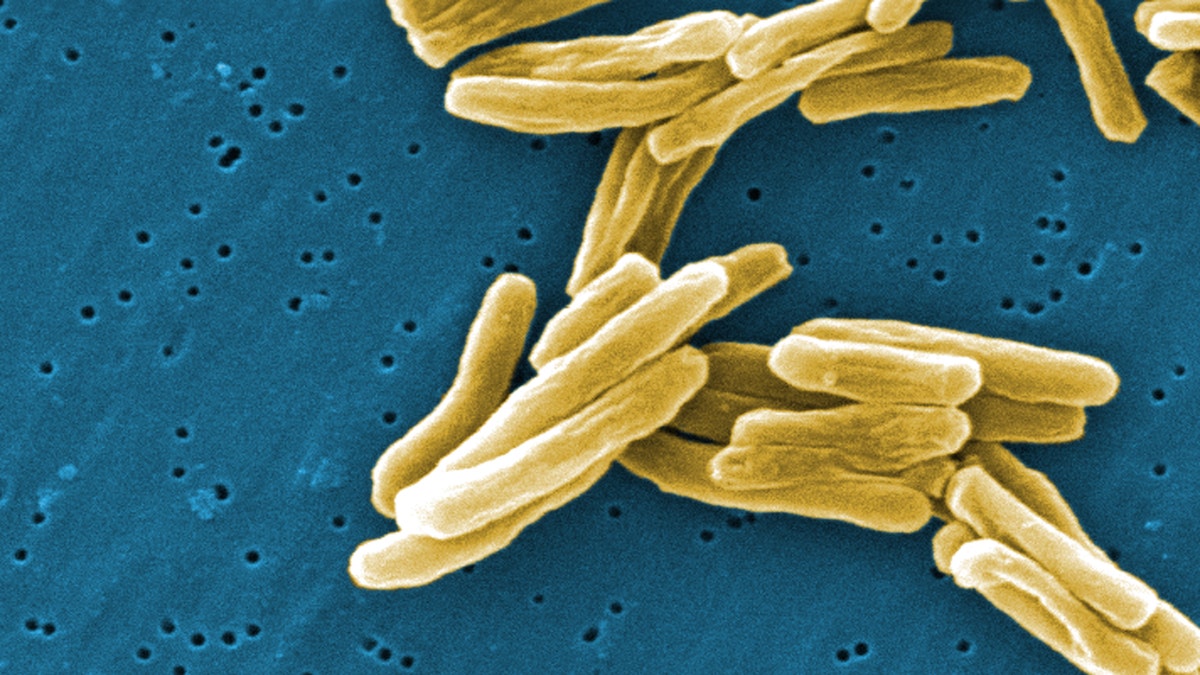
This scanning electron micrograph (SEM) depicts some of the ultrastructural details seen in the cell wall configuration of a number of Gram-positive Mycobacterium tuberculosis bacteria. (CDC.gov)
Scientists have discovered a powerful new antibiotic they say can kill an array of germs without the bugs easily becoming resistant to it, a potential weapon against a range of diseases.
The discovery is a rare—and much-needed—breakthrough in the quest for new antibiotics to overcome the problem of growing resistance to existing drugs. While the new compound was shown to be safe and effective in mice, scientists need to determine whether this is the case for people.
The discovery of the new class of antibiotic, called teixobactin, was reported Wednesday in the journal Nature. It was uncovered by screening 10,000 bacterial strains from soil. Teixobactin will be investigated further in animals before being tested in people.
If all goes well, “we’ll be in clinical trials two years from now,” said Kim Lewis, a professor at Northeastern University in Boston and lead author of the study. Human trials could take two to three years, he added.
Antibiotics, discovered in the early 20th century, transformed medicine. Most are chemical substances extracted from certain bacteria that can kill or damage other bacteria that cause human and animal diseases.
Because of widespread and indiscriminate use of antibiotics, bacteria in recent years have acquired mutations and new genes that render them more resistant to drugs. At the same time, antibiotic research at pharmaceutical companies stalled.
This dual problem—the rise of resistant bacterial strains and the lack of new antibiotics—threatens to undermine many advances of modern medicine. Infections are becoming harder to control; standard treatments are less effective; illness and hospital stays are getting longer; and there are more deaths from infection.
“It’s one of the most significant threats to global health we’re looking at,” said Charles Penn, who coordinates the World Health Organization’s response to antimicrobial resistance.




















